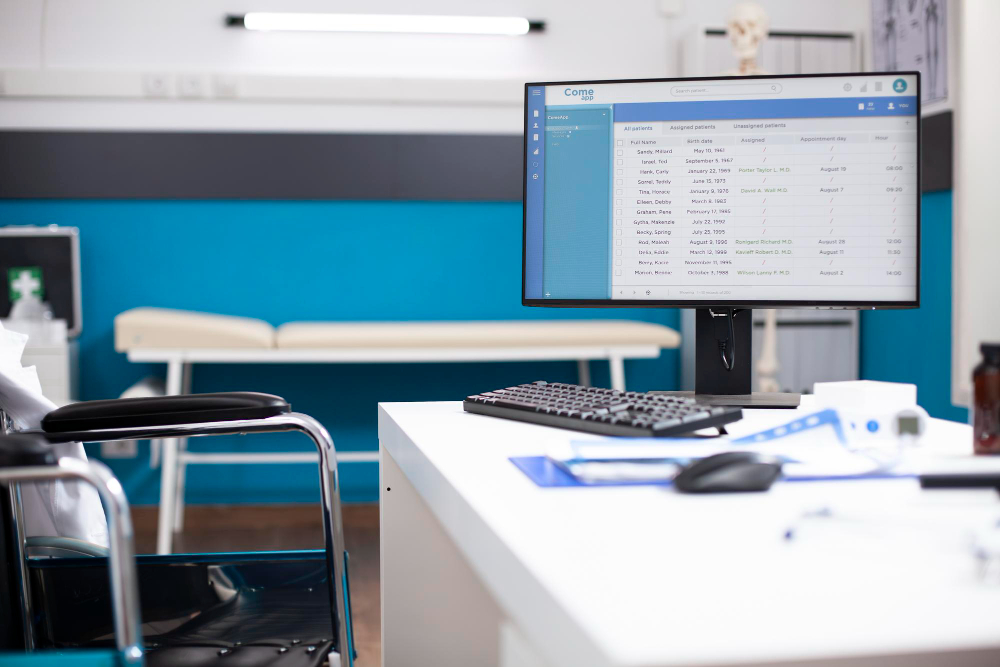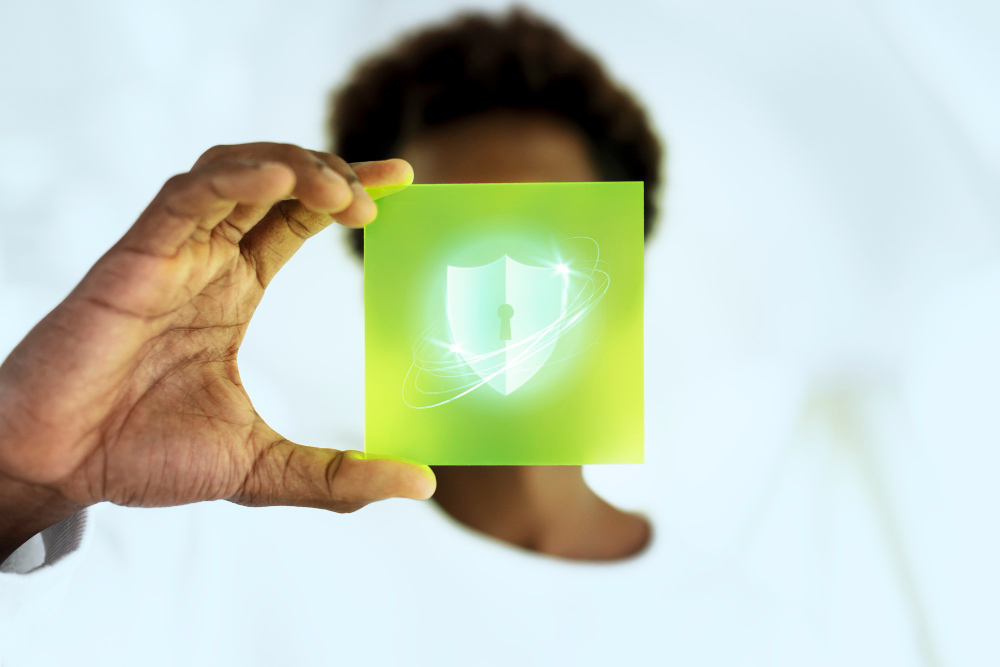Phishing is a cybercrime where attackers impersonate trusted people or organizations to trick users into clicking malicious links or revealing sensitive information. Criminals often target hospital staff because patient records and payment systems are valuable. In fact, one security report found that healthcare suffered the highest breach costs of any sector, with phishing listed as a common method of attack. Every hospital employee needs to recognize these scams and work together to stop them.
What does Phishing look like in Healthcare?
Phishing emails pretend to come from someone you know: a colleague, vendor, or government agency. The message may look real, often using official logos or names. Criminals use “social engineering” to make you trust the email and take an action; for example, clicking a link that looks like a login page or opening an attachment that installs malware. These emails often create a false sense of urgency (“Pay this invoice now!”) or use friendly greetings that seem normal. Because hospitals handle private health data and money, we can't afford to be tricked. Even a small mistake can give attackers access to patient files or finance systems.
Practical Steps for Staff and IT
- Spot warning signs: Phishing emails often have telltale clues: urgent or too-good-to-be-true messages, lots of links or unexpected attachments, and sometimes odd spelling or grammar. Check the sender's email address carefully. If something feels off (for example, an official bank name in the text but a strange email domain), do not click.
- Verify before you act: If an email asks for personal data, login credentials, or an urgent payment, confirm it first. Call or message the sender using a known phone number or internal directory (not by replying to the email). Real supervisors and colleagues expect you to double-check sudden requests, especially involving money or sensitive files.
- Report and protect: Never delete a suspicious email without reporting it. Forward such messages to the IT or security team immediately. Our IT department can then block the threat and update email filters to protect everyone. They can also enforce strong security measures; for example, requiring two-factor login for sensitive systems, so that even if passwords are compromised, attackers cannot get in.
In our hospitals, cybersecurity is a shared responsibility. Training and awareness are our best defenses. Experts note that “training employees to detect phishing emails” is one of the most important steps to stop attacks. By staying alert and working with your IT team, every nurse, doctor, and administrator can help keep patient data safe. Together, we can turn each staff member into a defender against phishing attacks.



